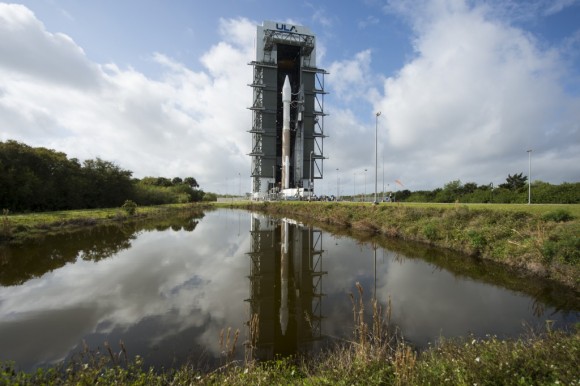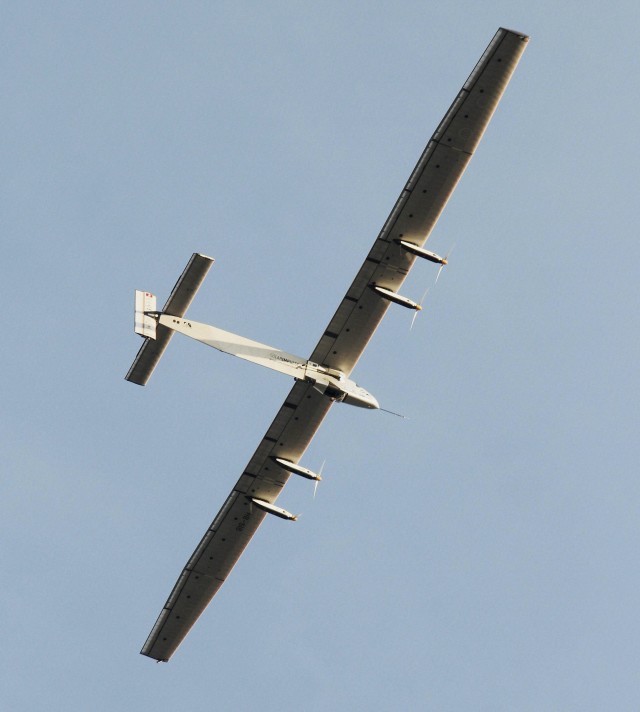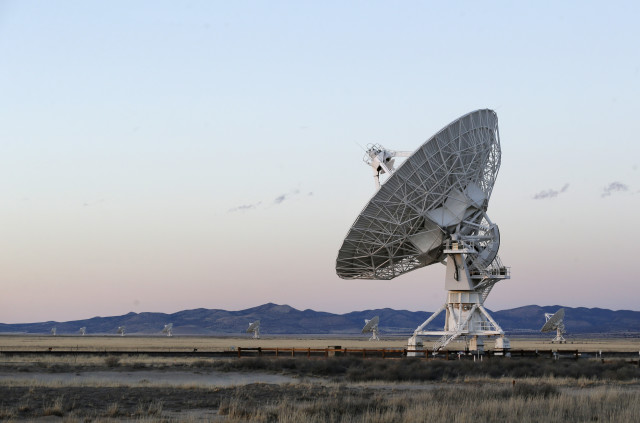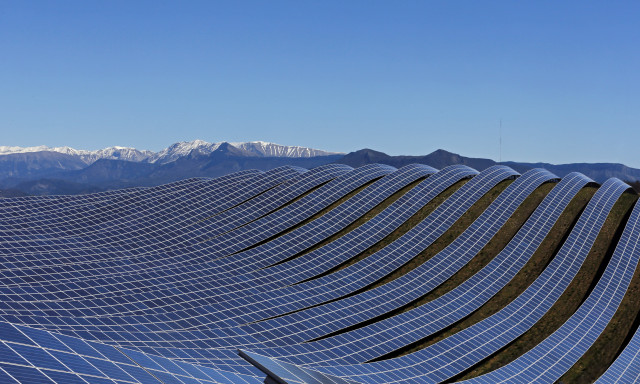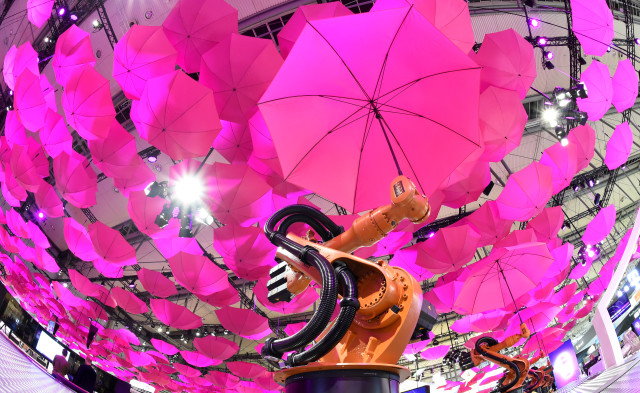Supercharging a 3-D Hybrid Supercapacitor with Graphene
By combining sheets of graphene with a traditional battery material,
scientists have created hybrid supercapacitors that can store as much
charge as lead acid batteries but can be recharged in seconds compared
with hours for conventional batteries.
Now researchers at the University of California, Los Angeles, have
developed a hybrid supercapacitor that is based on graphene, which is
made of single layers of carbon atoms. Graphene is flexible,
transparent, strong and electrically and thermally conductive, qualities
that have led to research worldwide into whether the material could
find use in advanced circuitry and other devices.
The scientists combined graphene with manganese dioxide, which is
widely used in alkaline batteries and is both abundant and
environmentally friendly. The manganese dioxide formed microscopic
flowers made of flakes only 10 to 20 nanometers thick. The
supercapacitors also incorporated electrolytes that can operate at high
voltages.
Significance
Batteries run just about
everything portable in our lives such as smartphones, tablets,
computers, etc. Although we have become
accustomed to the rapid improvement of
portable electronics, the slow development of batteries is holding back
technological
progress. Thus, it is imperative to
develop new energy storage devices that are compact, reliable, and
energy dense, charge
quickly, and possess both long cycle life
and calendar life. Here, we developed hybrid supercapacitors that can
store as much
charge as a lead acid battery, yet they
can be recharged in seconds compared with hours for conventional
batteries.
Abstract
Supercapacitors now play an
important role in the progress of hybrid and electric vehicles, consumer
electronics, and military
and space applications. There is a growing
demand in developing hybrid supercapacitor systems to overcome the
energy density
limitations of the current generation of
carbon-based supercapacitors. Here, we demonstrate 3D high-performance
hybrid supercapacitors
and microsupercapacitors based on graphene
and MnO
2 by rationally designing the electrode
microstructure and combining active materials with electrolytes that
operate at high
voltages. This results in hybrid
electrodes with ultrahigh volumetric capacitance of over 1,100 F/cm
3. This corresponds to a specific capacitance of the constituent MnO
2
of 1,145 F/g, which is close to the theoretical value of 1,380 F/g. The
energy density of the full device varies between
22 and 42 Wh/l depending on the device
configuration, which is superior to those of commercially available
double-layer supercapacitors,
pseudocapacitors, lithium-ion capacitors,
and hybrid supercapacitors tested under the same conditions and is
comparable to
that of lead acid batteries. These hybrid
supercapacitors use aqueous electrolytes and are assembled in air
without the need
for expensive “dry rooms” required for
building today’s supercapacitors. Furthermore, we demonstrate a simple
technique for
the fabrication of supercapacitor arrays
for high-voltage applications. These arrays can be integrated with solar
cells for
efficient energy harvesting and storage
systems








